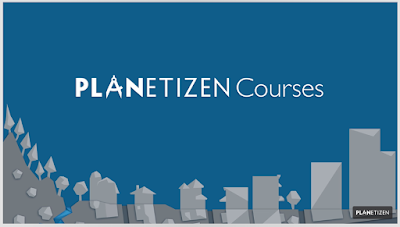"The Woodman’s Treehouse is a luxurious two-story suite arranged between and beneath the canopy of aged oaks. Far from being a woodland folly it is the sleepover den every grown-up dreamed of as a child; a self-contained tree-top world of tricks and toys, part castle, part hovel, part lair."



























